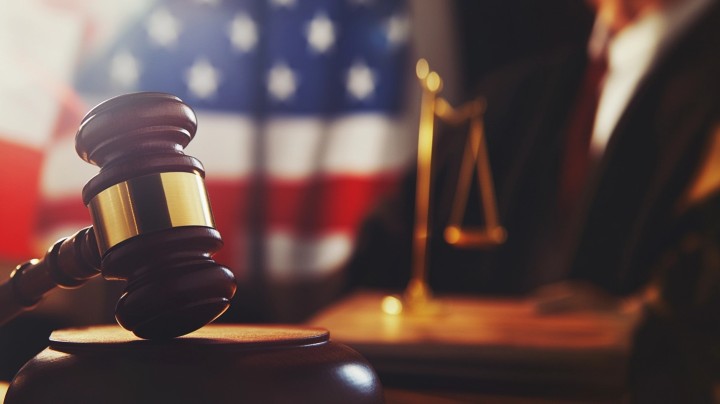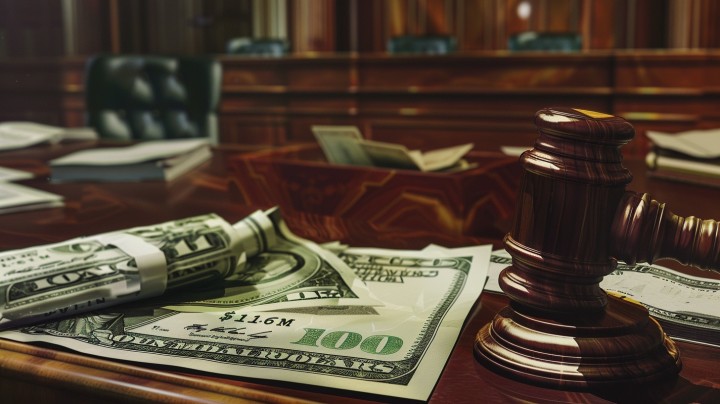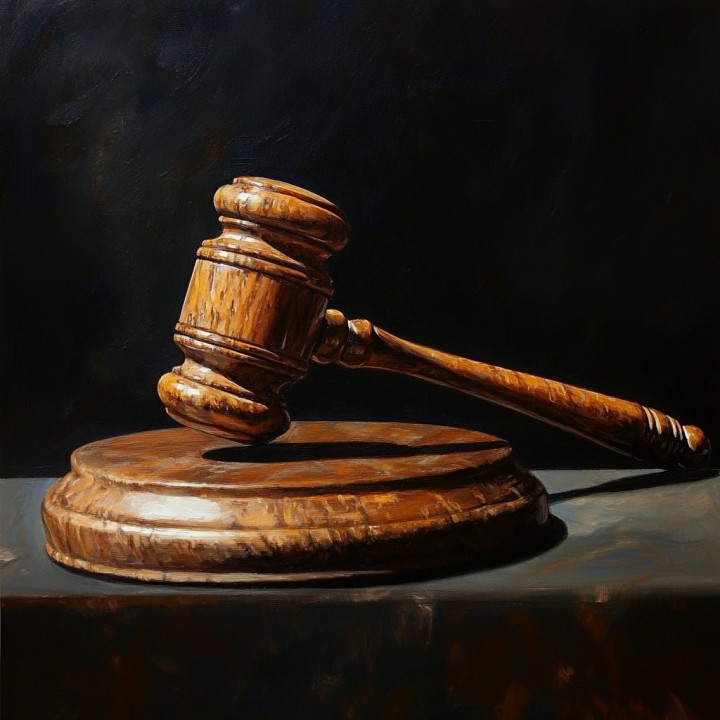Introduction
Bail serves as a critical component of the criminal justice system, ensuring that defendants return for their court appearances while allowing them to remain free before trial. In certain high-profile cases, bail amounts have reached unprecedented levels. This article explores the highest bail amounts in U.S. history, the factors influencing these decisions, and the broader implications for the legal system and society.
Understanding Bail
Definition
Bail is a set amount of money that acts as insurance between the court and the person in jail. Defendants can pay bail in cash or via a bond to secure their release until their court date.
Purpose
The purpose of bail is to ensure the defendant returns for trial while allowing them to maintain their freedom. It balances the presumption of innocence with the need to secure the defendant’s presence in court.
Process
Bail is set during a hearing where the judge considers various factors, including the severity of the crime, flight risk, and the defendant’s criminal history.
Factors Influencing High Bail Amounts
Severity of Crime
Violent Crimes
Offenses involving violence often result in higher bail due to the potential danger to the community.
Financial Crimes
Large-scale financial crimes, such as fraud or embezzlement, can lead to high bail amounts, reflecting the significant impact on victims and society.
Organized Crime
Involvement in organized crime or sophisticated criminal operations can also lead to higher bail amounts.
Flight Risk
Wealth
Defendants with significant financial resources may face higher bail amounts to prevent them from fleeing.
International Ties
Defendants with connections abroad or the ability to travel internationally may be considered higher flight risks.
Past Behavior
A history of failing to appear in court can influence the bail amount.
Criminal History
Repeat Offenders
Defendants with extensive criminal records may be subject to higher bail.
Previous Failures to Appear
Defendants who have previously failed to appear in court may face increased bail amounts.
Public Safety
Threat Level
Defendants deemed a significant threat to public safety may have higher bail amounts set to keep them in custody.
Community Impact
The potential impact on the community can also influence bail decisions.
Notable High Bail Cases in U.S. History
Bernie Madoff
Crime
Madoff was charged with orchestrating a massive Ponzi scheme that defrauded investors of billions of dollars.
Bail Amount
Initially set at $10 million, Madoff’s bail was a reflection of the enormous financial crimes he committed.
Background
Madoff’s case highlighted the potential for white-collar crime to result in significant bail amounts.
Robert Durst
Crime
Durst, a real estate heir, was charged with the murder of his friend Susan Berman and suspected in other cases.
Bail Amount
Durst’s bail was set at $3 billion, one of the highest in U.S. history.
Background
Durst’s wealth, flight risk, and the severity of the charges contributed to the high bail amount.
Michael Milken
Crime
Milken, a financier, was charged with securities fraud and racketeering.
Bail Amount
Milken’s bail was set at $250 million, reflecting the severity and financial magnitude of his crimes.
Background
Known as the “junk bond king,” Milken’s case underscored the high stakes of financial crimes.
Other High-Profile Cases
Crime
Other notable cases, such as those involving drug lords or individuals involved in organized crime, have also seen high bail amounts.
Bail Amount
These cases often involve multi-million-dollar bail amounts.
Background
Factors such as wealth, influence, and the severity of the crimes contribute to these high bail amounts.
Analysis of the Highest Bail Cases
Common Factors
Wealth
High bail amounts often involve defendants with significant financial resources.
Influence
Defendants with considerable influence or notoriety may face higher bail amounts to ensure they cannot evade justice.
Severity of Crimes
Serious crimes, particularly those involving large sums of money or violence, tend to result in higher bail.
Legal Justifications
Judge’s Decisions
Judges consider factors such as flight risk, threat to the community, and the severity of the crime when setting high bail amounts.
Prosecutorial Arguments
Prosecutors often argue for high bail to ensure the defendant remains in custody and appears in court.
Public and Media Reactions
Public Opinion
High bail amounts can lead to public debates about justice, fairness, and the effectiveness of the bail system.
Media Coverage
Extensive media coverage of high-profile cases can influence public perception and highlight issues within the legal system.
Impact of High Bail Amounts
Legal Implications
Fairness
There is ongoing debate about the fairness of high bail amounts, particularly regarding their impact on defendants with fewer resources.
Legal Precedents
High bail cases can set precedents and influence future judicial decisions.
Appeals
Defendants often appeal high bail amounts, arguing that they are excessive and violate constitutional protections.
Financial Burden
Defendant’s Wealth
Wealthy defendants may still face significant financial burdens, impacting their families and businesses.
Impact on Family and Associates
High bail can strain relationships and financial stability for the defendant’s family and associates.
Public Perception
Justice System Criticism
High bail amounts can lead to criticism of the justice system, particularly regarding issues of equity and fairness.
Perceived Inequities
The disparity between wealthy and less affluent defendants in affording bail can lead to perceptions of injustice.
The Future of Bail in the U.S.
Bail Reform Movements
Legislative Changes
There are ongoing efforts to reform bail laws, aiming to make the system more equitable and reduce reliance on cash bail.
Advocacy Groups
Various advocacy groups are pushing for reforms to ensure fairer treatment of all defendants, regardless of financial status.
Alternatives to Cash Bail
Pretrial Services
Programs that provide supervision and support to ensure defendants return for court dates without needing cash bail.
Electronic Monitoring
Use of electronic devices to monitor defendants’ movements as an alternative to pretrial detention.
Risk Assessment Tools
Data-driven tools that help judges make informed decisions about bail and pretrial release based on the defendant’s risk level.
Technological Innovations
Data-Driven Decision Making
Using technology to analyze data and improve the fairness and efficiency of bail decisions.
Court Efficiency Improvements
Implementing technological solutions to reduce court backlogs and streamline processes.
Conclusion
High bail amounts in the U.S. often reflect the severity of the crime, the defendant’s wealth and influence, and the perceived risk to the community. While these cases draw significant public and media attention, they also highlight critical issues within the bail system, including fairness and the need for reform. Ongoing efforts to improve the system, such as bail reform and technological innovations, aim to create a more equitable and efficient justice process.
FAQs
What is the highest bail ever set in the U.S.?
The highest bail ever set in the U.S. was $3 billion for Robert Durst, charged with murder.
Why do some defendants receive extremely high bail amounts?
High bail amounts are typically set due to the severity of the crime, the defendant’s flight risk, their criminal history, and the potential threat to public safety.
What are the implications of high bail amounts?
High bail amounts can lead to significant financial burdens, public criticism of the justice system, and debates about fairness and equity.
How does the bail system work in the U.S.?
Bail is set during a hearing where the judge considers factors such as the severity of the crime, flight risk, and the defendant’s criminal history. Defendants can post bail to secure their release until trial.
What efforts are being made to reform the bail system?
Efforts include legislative changes, advocacy for alternatives to cash bail, and the implementation of pretrial services and risk assessment tools.
What are some alternatives to cash bail?
Alternatives include pretrial services programs, electronic monitoring, and the use of risk assessment tools to determine appropriate pretrial release conditions.






